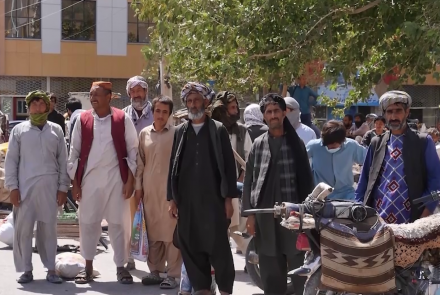The Afghan economy suffered sudden and catastrophic damage from all sides when the former Afghan government collapsed, the Afghanistan Analyst Network said in its recent report, which takes a deep look across various sectors in the country.
The report said that foreign aid fell away and the UN “and United States sanctions applied suddenly not to an armed movement but to the country’s government, Afghanistan’s foreign reserves were frozen, the banking sector paralysed, and the web of relationships and financing that had supported Afghanistan were broken.”
Since then, the AAN said that it has tried to make sense of what has happened to the economy and public finances, to the delivery of international aid and to individual families.
This dossier is divided into three sections, according to the report.
The AAN put this dossier into categories of “economic consequences for families; economic consequences for the nation; and consequences for international assistance.”
According to the report, even before the fall of the Republic, a new “research project, ‘Living under the Taleban’, had begun looking into how life had changed in districts that were then newly and swiftly coming under Taleban control, one after the other.”
“After the Taleban takeover, when we resumed our fieldwork, the clearest message from interviewees was a profound worry about the collapse of their household’s economy and how they would survive the coming winter,” AAN said.
The AAN noted that after the collapse of the Republic, it was immediately clear that the fallout would be huge and calamitous for Afghanistan’s economy.
“The second section of this dossier brings together AAN reports that unpicked these macro-economic consequences,” the report cited.
The AAN also stressed the need for humanitarian aid for Afghanistan.
“We have analysed this humanitarian effort in several reports, exploring its contradictions and dilemmas, its saving lives and some of its malign side-effects,” the reported stated.
This comes as the Ministry of Economy (MoE) said that there should support for domestic products of Afghanistan and investment in infrastructural areas.
“Focus on standardization and export and also encouraging the national and foreign investors through legal ways… are the main priorities for the economy,” said Abdul Rahman Habib, a spokesman for the Ministry of Economy.
This comes as the UN announced that 28.3 million people in Afghanistan are in need of assistance in 2023 and that it has called for a humanitarian appeal of $4.6 billion.



Comment this post